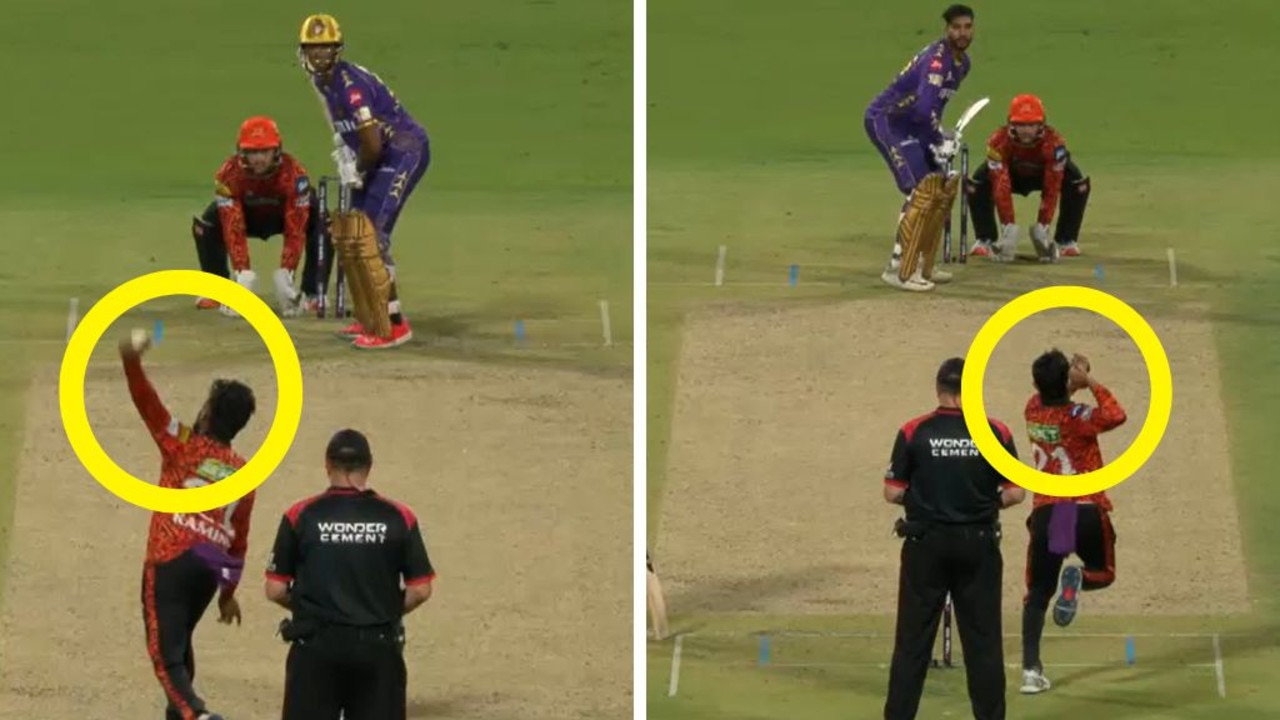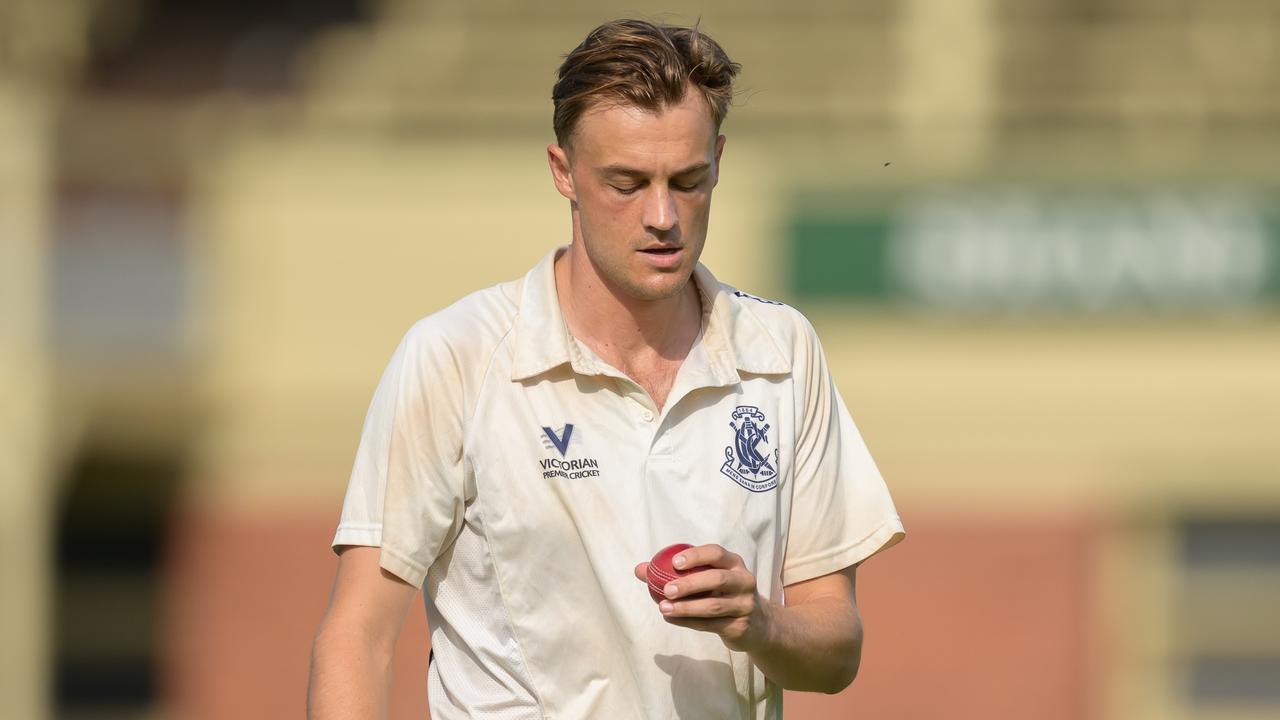Ian Chappell column: Shane Watson’s time batting at No.3 could be running out
SINCE Shane Watson has moved from opening the batting to No.3, expectations have changed but he hasn’t lived up to the challenge, writes Ian Chappell.
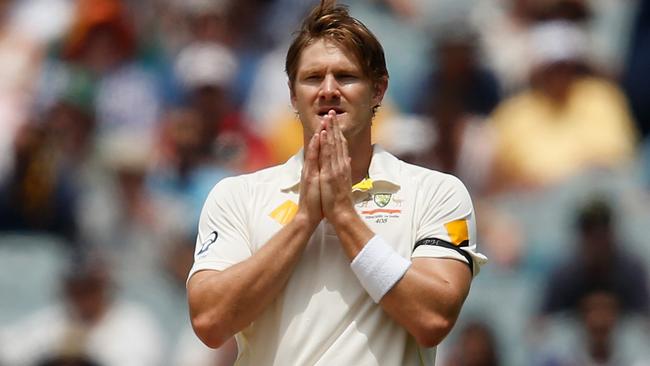
Cricket
Don't miss out on the headlines from Cricket. Followed categories will be added to My News.
SINCE Shane Watson has moved from opening the batting to number three, expectations have changed but he hasn’t lived up to the challenge.
As an opener he was extremely effective, scoring rapidly and rarely being dismissed cheaply. He didn’t often turn a good start into a century but an opener who preserves his wicket through the dangerous new ball period is invaluable even if he doesn’t post big scores.
However, a number three is expected to take charge and dominate at times and in doing so produce the occasional match winning score. Watson’s failure to convert starts is not acceptable at number three.
Watson is an accomplished player of pace bowling and as such he should be well-suited to number three. The reason he’s struggling and currently in a downward spiral, stems from his attempt to overcome an lbw fallibility.
JOHNSON IN DOUBT FOR FINAL TEST

He was lbw six times in 14 innings in 2013, as the Englishmen targeted his front leg which was thrust forward and across, making it hard to get the bat to the ball before it hit his pad.
He’s worked hard to eradicate the problem (two lbw’s in his last 30 innings) but in doing so his ‘fear factor’ over bowlers has diminished and he’s opened up another avenue of consistent dismissal.
Where Watson once was feared because of his forceful driving and powerful pulling, his adjustments have made him easier to bowl at. Attacks are tying him down by bowling consistently around off stump and the Indians even bounced him out at the Gabba. His problems are exacerbated by hitting the ball so firmly he finds it hard to pick up regular singles.
Not only is Watson’s average trending down but his last first innings century was in 2013 at The Oval. Since then (in 19 digs), he’s only made two half-centuries in the first innings batting at three. This is inappropriate from a player who is expected to set the tone and dominate the innings for periods of play.
What is Watson’s future in this high priority spot?
There’s no doubt if there had been viable alternatives, Watson would either have found himself batting elsewhere or out of the team. The cupboard is bare at the moment and the best alternative may well be Steve Smith.
Unlike Michael Clarke, who preferred to stay at five but reluctantly moved up to four, Smith has shown himself to be a skipper who is not averse to a promotion in the batting order. He immediately moved himself up to four in his first Test as captain and successfully batted at three when he led NSW in last year’s Sheffield Shield final.
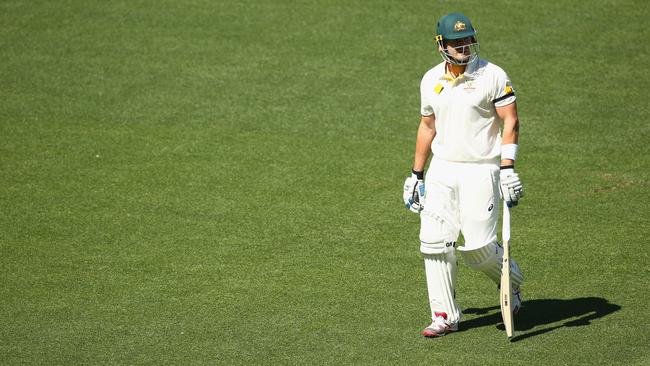
Other options are thin on the ground. Joe Burns, the most recent addition to the Australian side, bats high in the Queensland order but he’ll need to dampen his enthusiasm for scoring runs behind the wicket before he holds a permanent place in the Test side. Shaun Marsh is another alternative but with his wildly fluctuating form and fitness concerns he’s a mirror image of Watson.
I don’t subscribe to the theory - a hangover from the Don Bradman days - that the best batsman comes in at three. Nevertheless, when you haven’t got a traditional first drop, then your best batsman has to occupy that crucial position.
There are two alternatives for a number three. There’s a David Boon type who can come in at the fall of an early wicket and steadily resurrect the innings with grit and determination. Then there’s the more flamboyant style of a Ricky Ponting who can counter-attack after an early loss and not only put the team on the right path, but also quickly deflate the opposition.
The Ponting style is preferred if you have a player that talented. In his present mood Watson is neither of the above.
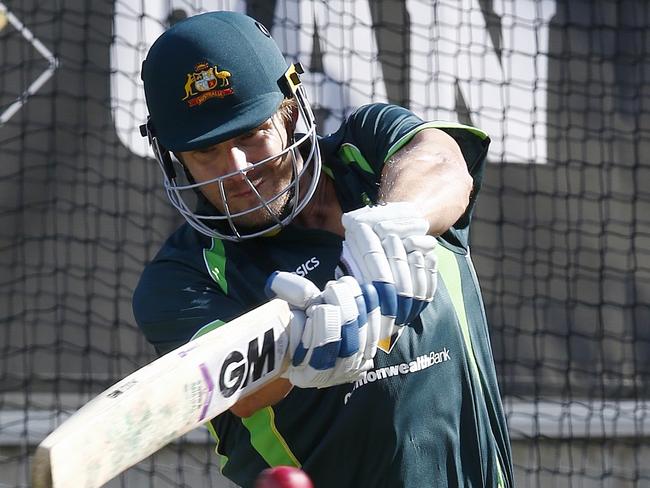
That means if he fails at the SCG he could be looking for another spot. Trouble is his other alternative is as an all-rounder and that space is filling faster than Sydney Harbour on New Year’s Eve.
Mitchell Marsh is a like-for-like swap, even to the point where his injury history is similar to Watson’s. If there’s room for only one all-rounder Marsh, as the younger man with a higher ceiling, will get the nod.
The promotion of Ashton Agar is an interesting selection as he could well move into the category of bowling all-rounder. A batting order with M Marsh at six and Agar at seven is feasible. The other dark horse is Moises Henriques who could fit into the category of a Test batting all-rounder.
There’s plenty of competition for an all-rounder’s spot and Watson’s best bet is to cement his place at number three.
He’d better be quick about it.
Originally published as Ian Chappell column: Shane Watson’s time batting at No.3 could be running out

